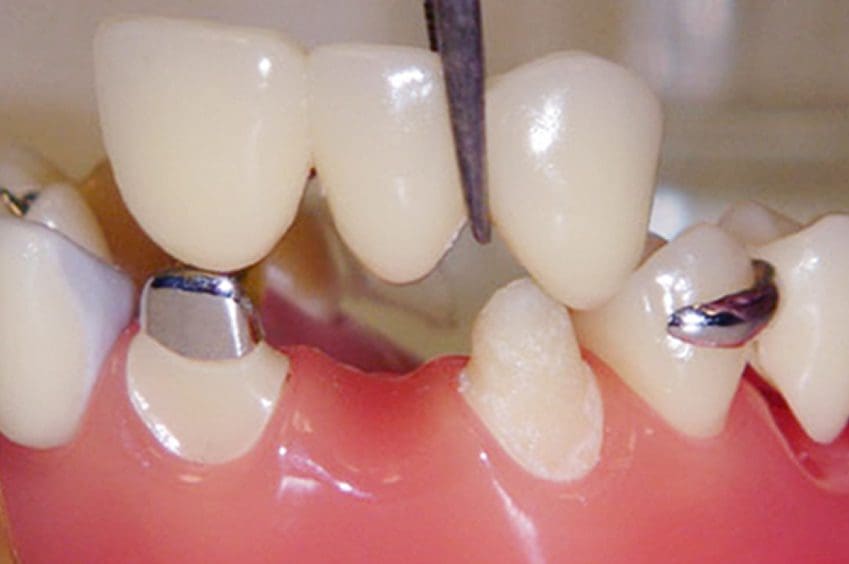Dental Bridges

When a person has a gap due to one or more missing teeth, it is called a dental bridge. A bridge is comprised of two crowns for teeth that are on either side of the gap or space. These two teeth, which are used as anchors, are called abutment teeth. Usually, to fill the bridge, a dentist will add a false tooth or teeth between the two abutment teeth. The false teeth are known as pontics and may be made from porcelain, alloys or even gold. Natural teeth and/or implants are used to support dental bridges as they are anchored in mouths.
Aside from filling gaps in the mouth, dental bridges are known for:
- Restoring people’s smiles
- Restoring people’s natural ability to speak and chew properly
- Evenly distributing the force of people’s bites (which may be adversely impacted when teeth are missing)
- Stopping other teeth from repositioning or drifting in the mouth
- Correcting and maintaining the proper alignment of people’s teeth
Dental bridges not only enhance people’s cosmetic appearance, but also allow people to talk and chew properly, which are vital mouth functions.

Dental Bridge
Types of Bridges
There are three types of dental bridges that may be used to fill gaps in people’s mouths. First, there are traditional bridges, which involve creating a crown or tooth implant on either side of people’s missing teeth. Generally, traditional bridges are made from porcelain or metal material. In some cases, these bridges may be made from ceramics.
Next, there are cantilever bridges, which are used whenever there are adjacent teeth on one side of a tooth or teeth that are missing. Finally, there are Maryland bonded bridges, known as resin-bonded bridges. These dental bridges are supported by metal framework and are made of plastic gums and teeth. Dentists bond “metal wings” to people’s existing teeth to install this type of dental bridge.
Process
People who are getting dental bridges will generally have to plan for two office visits. When people first visit, we start by preparing the abutments or natural teeth. These will be shaped so that the ends of the bridge fit comfortably and securely in our patients’ mouths. Next, Dr.Streelman takes an impression of our patients’ teeth and sends it to a lab where bridges are designed and created. Patients are provided with attractive temporary bridges while their new bridges are finely crafted.
During the second office visit, Dr.Streelman places the finalized bridge in our patients’ mouths. At that time, we do everything we can to make sure that the bridge is not only comfortable for our patients, but also secure. We want the dental bridges to feel like natural teeth and we aim to improve our patients’ smiles. Finally, we end the procedure by cementing the bridges in our patients’ mouths.
We accept most dental insurance plans and we are also pleased to offer easy, NO INTEREST financing if you do not have insurance or if your insurance plan will only provide partial coverage.
Visit Dr.Steven Streelman at his state-of-the-art facility in Oceanside, CA to discuss whether or not dental bridges are the right option for you. To learn more about dental bridges, call us at (760) 439-0600 or click here to request an appointment online.